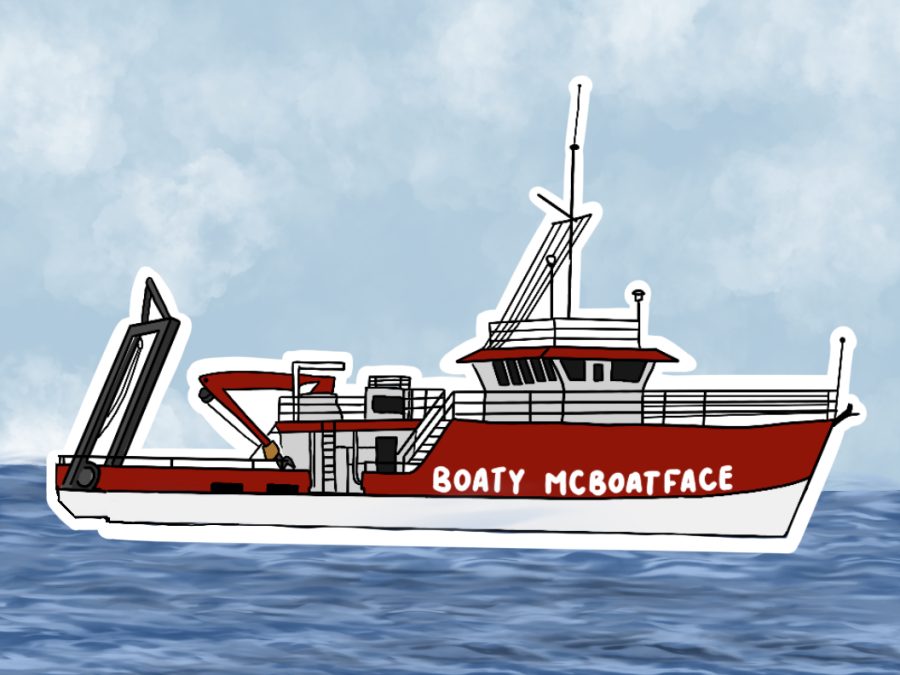Boaty McBoatface sets sail on climate change research mission
April 15, 2022
“Boaty McBoatface”, the British polar vessel named by an Internet poll, made headway last month as it sailed for the first time to the Antarctic to help study the effects of climate change, making it closer to being declared a fully operational research ship at the world’s highest latitudes.
Boaty is among several other vessels on a research mission to study the atmospheric and oceanic conditions close to the Thwaites Glacier, according to a press release from the International Thwaites Glacier Collaboration.
“This is a massively ambitious mission that we have been planning for several years. We will deploy two big underwater robots underneath the ice to collect detailed data from this crucial area of the glacier that will enable us to understand what will happen in the future,” Professor Karen Heywood from the University of East Anglia said.
“By measuring the ocean properties in sub-ice shelf cavities, we can understand how the ocean transports heat and what impact this may have on the glacier,” said Heywood, who is also the U.K. lead on the International Thwaites Glacier Collaboration TARSAN project.
Some of Boaty’s tasks for the glacier include measuring “temperature, salinity, current velocity, turbulence, turbidity, and dissolved oxygen in water,” according to Pop Science.
Other vessels within the mission include another underwater robot “Ran” from the University of Gothenburg, Sweden and six other ocean gliders.
Thwaites Glacier, also known as the Doomsday Glacier, was identified in January 1947 and named after Professor Fredrik T. Thwaites. It is the widest glacier on Earth, around 80 miles wide, its basin is larger than the state of Florida and its depth is measured at about 800 and 1200 meters, according to the ITGC.
The Thwaites’ ice loss, which has been about 50 billion tons each year, contributes to 4% of sea level rises worldwide. Should it lose ice at a faster rate than it is receiving snowfall, it could mean detrimental consequences for the environment.
During a campaign in March 2016 held by the U.K. National Environment Research Council to find the name of the research ship, former BBC Radio Jersey presenter James Hand suggested the name “Boaty McBoatface.” The name won by a large margin with 124,109 public votes.
Officially, Boaty is called the Royal Research Ship Sir David Attenborough or RRS SDA, named after the biologist and BBC nature documentarian. It is operated by the National Oceanography Center in the U.K. and is one of the center’s “Autosub Long Range Autonomous Underwater Vehicles.” It can dive up to 6000 meters deep under ice and water.
The vessel has been pushing through floes, which are thick sheets of floating ice as part of an assessment to see how it fares in various conditions and how it can inform further missions with the ship.
“Producing the final assessment takes some work to adjust for ice that was a bit warm and snow that was a bit thick,” Dr. Andrew Fleming, a scientist from the British Antarctic Survey, said to BBC News.
“But we certainly got a good sense of how the new ship performs in a wide range of sea-ice conditions and ultimately this is about learning how best to operate SDA.”
Boaty has been faring well in Antarctica, but it will need modifications following its expedition. Improvements to seawater intakes for making fresh water, as well as realignment of one of two rudders will be made to the vessel.








